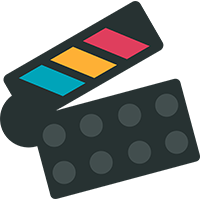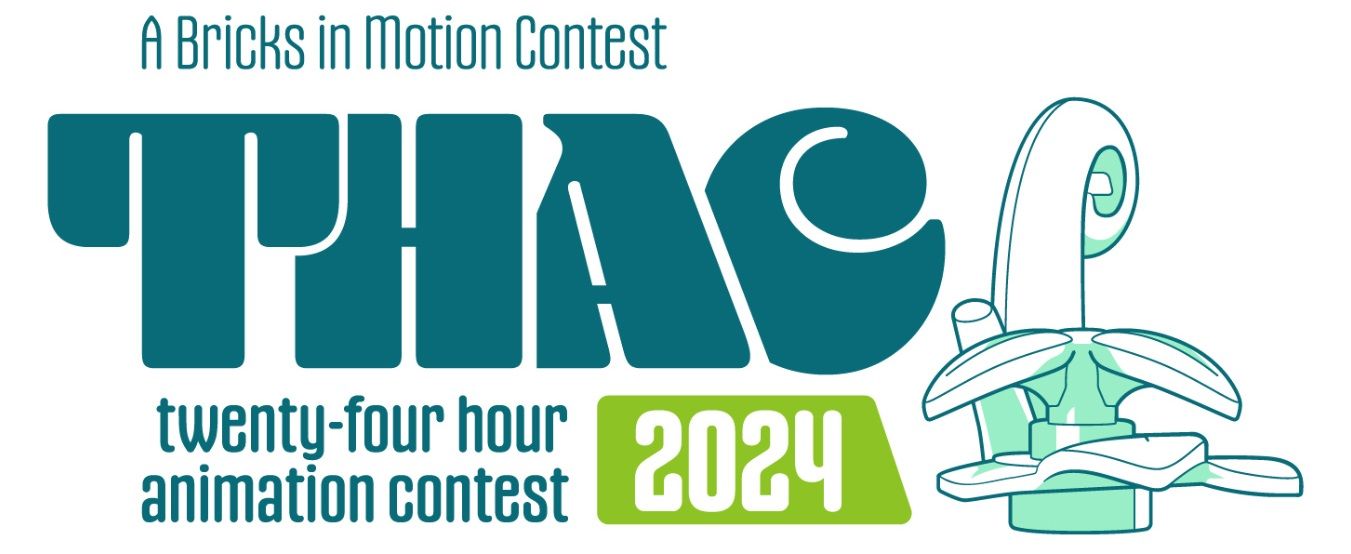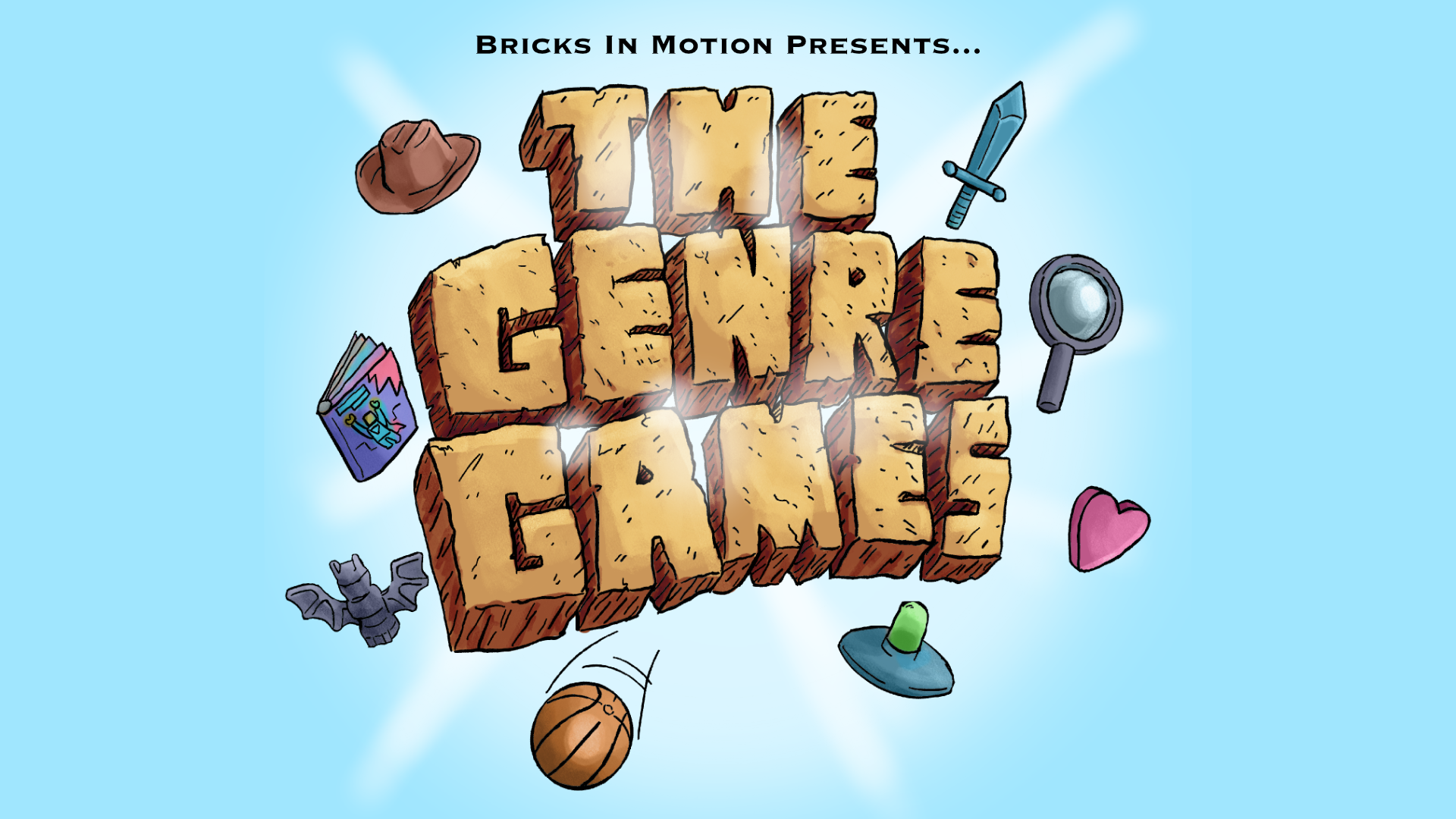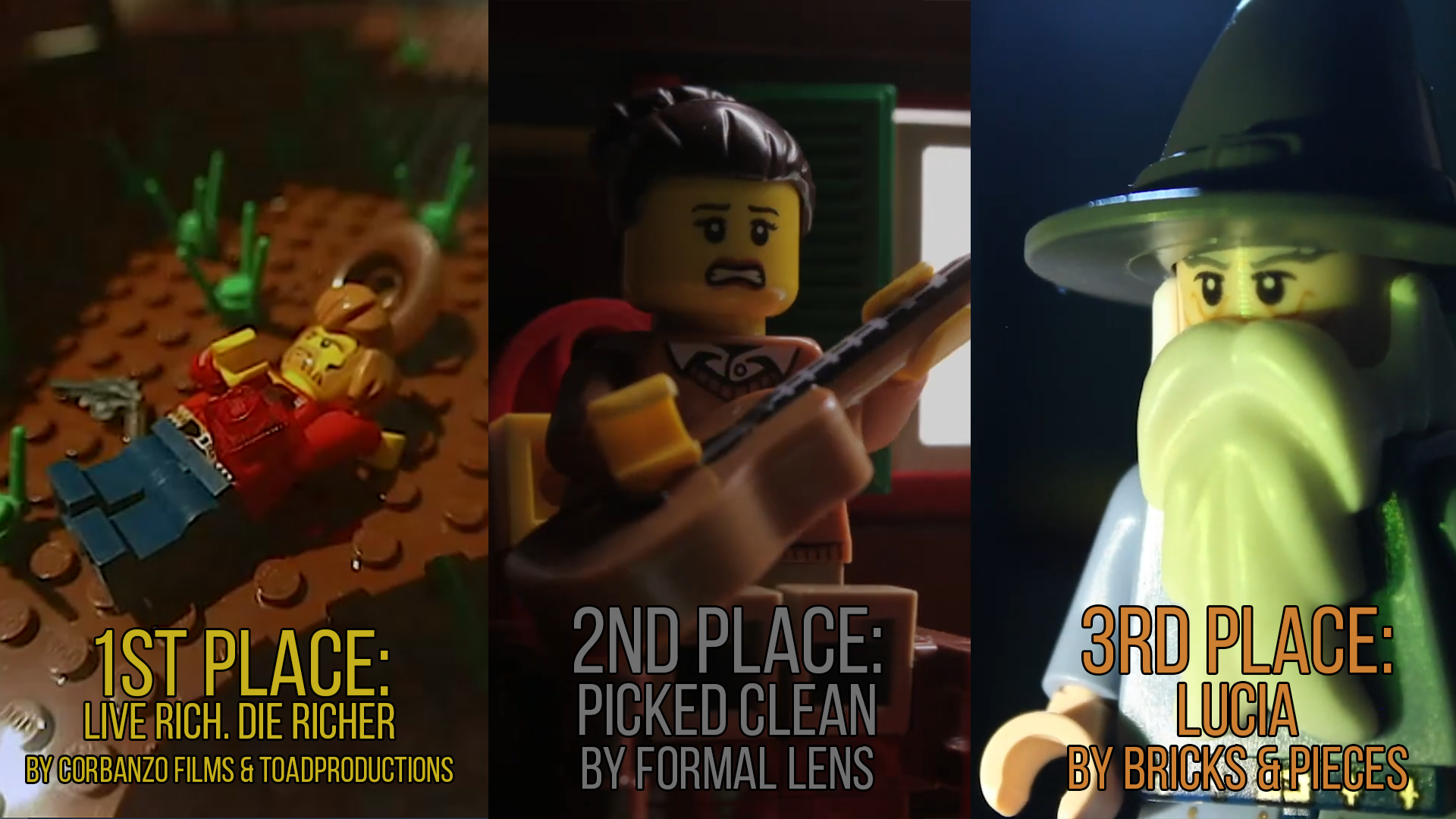Topic: Guide to Brickfilming: Historical Films
History is a fascinating topic and is represented a decent amount of time in stop-motion animation, more specificly "Brickfilming".
Now creating the perfect Period film takes work and much accuracy and patience is needed for your film to rise to the top when it
comes to the topic your working on. This guide will take you through each detail needed in creating in my view a great Period Brickfilm,
and we all know, I love history!
Starting Out:
Now you may be browsing the television channels, reading a magazine, listening to a song, and some historical event is mentioned.
Some people immedietly jump and say, "Hm, that sounds like a swell idea for a film!", and begin dash to the computer. You MUST
do research on the topic. Go in Wikepedia, or various other websites and for sure you will found out about the topic. Now I suggest
you do not do the FULL topic itself in one brickfilm. You would want to cover a portion of the subject. Like making a film on the French
Revolution is extremely tough unless your just doing a quick sloppy overview of the period. So lets say for example you want to do the
French Revolution. There is many parts of it, like most historical events, so find the portion of it you want to brickfilm. For example lets
say you want to do the Bastille, immedietly get a vision in your head of what you want it to look like a bit and it will help you in the future.
Researching the Topic:
Okay, so you've got a website open with information on the topic. Speed read through it and take down notes from the portion of the film
you want to create. It is necessary to type/write down information since you can't make a brickfilm about something you know NOTHING about. It'd be great if you had atleast 5-10 bullets. You would want to know:
The Time Period (When does it take place)
The Dress (Fancy/Casual)
Influential People (Were there any important characters in the event?)
Where it Happened
How it Happened (What started it)
Some Historical Backround (Which ties with the "Time Period")
Important Facts
Some Details
Preparing (Scripting and Design)
Now that you know that you want to either sketch some pictures of what people wore, or save a couple of pictures to your
computer as reference shots. Same thing with sets, like the Bastille, save a picture of it so you know what to build. So now
you will begin your scripting. Now when scripting you need to know how people addressed eachother. Like if it was a military
film you would have the figures address eachother as "Captain" or "Colonel", or if it was a French film you'd have them say
"Monsieur" or "Madame". Now you need to make sure you don't entirely sugarcoat the script, if its a war throw in a couple of
insults or curses, war isn't sweet so the script shouldn't be. Make sure there isn't historical flaws like a Revolutionary War film
and one of the characters says, "It's the Nazi's!", like I doubt you'd make it that far apart of a time period, but you should
understand what I am getting at.
So write a script with historical accuracy, and now the fun part begins, building sets and creating the figures! ![]()
So when creating a set, make sure it has some detail in it. It can't be entirely multicolour like red w/ blue, black, purple,
etc. Make sure the set looks like the building(s) of the event your filming. You probably won't make it 100% alike but try
to get close to it. If your doing a palace add gardens with flowers, shrubs, and fountains. Don't limit yourself to what you have!
Try to interpret your pieces in many differant ways. Make sure the walls are high enough so you don't see extremely over the set.
Make sure you have room to move the figures and camera, don't pack everything together. A set is only as big as the audience see's
it, keep that in mind! ![]()
Tutorials on Set Design:
Size Matters
Aesthetics
Structural Integrity
Only Build What the Camera See's
Now with creating the minifigures, you want them to look like how people dressed at the time, so don't use some random torso and
head you find and call it George Washington. Check out pictures on the internet of how people dresses in that time, for example here is an
interpretation of Napoleon Bonaparte;
LEGO Napoleon
Real Napoleon
Sure they are not completely identical but your goal is to get close to it. Now here is where even more fun comes in! If you want to
get closer accuracy then here are a few websites that can benefit you. These websites have various decals for any period minifigure.
Eurobricks has a HUGE Pirate/18th Century Decal Library.
Eurobricks
Fine Clonier
Classic-Castle
Now even our website has a few good Historical Themed decals so you should check out some of the decal related topics or forums to see
if any work with your film topic. Now when printing decals always print at this size:
Torso: H: 13 - W: 15.5
Face/Head: H: 5-7 W: Depends
Now what I do is print out the decals on label paper. Sticker paper and other paper works, put try to avoid using typical paper and glue/tape the decals on, in the finished product it would not look good.
Animating:
Now when animating, this is basic knowledge. You should always film at 15 frames per second (FPS). Try to keep a solid light source to avoid light flicker. Tape down your sets so they don't shake when taking the pictures. Do the same with your camera, keep it in a cradle or taped down to avoid it moving/shaking. Make sure your animation is smooth, not choppy. You may want to do a few animation tests before filming to see what you can do and how good you can do it.
Tutorials:
Here are some tutorials for various things you create when filming.
Walk Cycle
Run Cycle
Masking
Chroma Keying
Monkey Jam
Sqirlz Water Reflections
Programs:
Here are some programs that you could use to digitally create a lego world.
Wax
Cinegobs Keyer
Blender
LDraw
Lego Digital designer
Monkey Jam
Sqirlz Water Reflections
Gimp
Adobe Photoshop
Gimp and Adope Photoshop are both good for after effects, for extra footage you could try:
Detonation Films
Thanks for reading,
KinzCove
Last edited by KinzCove (March 28, 2010 (12:58pm))








